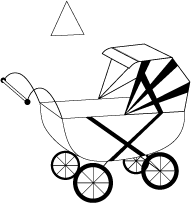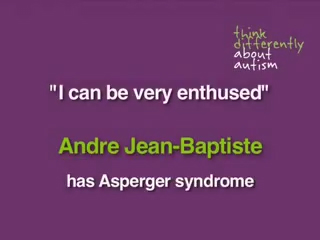2.2 Attention to detail
As you saw in Week 2, people on the autism spectrum often have a very good eye for detail, coupled with difficulty in ‘seeing the wood for the trees’, that is, in grasping the most salient aspects of a concept or idea. This thinking style is sometimes known as

This kind of visual eye for detail could be very useful in jobs such as quality control on a production line, where picking up subtle flaws in a product is crucial. Conversely, an autistic person may find it hard to work out what a whole object is from drawings of parts, or be unable to arrange apparently random sentences into a coherent story. This could, for instance, put a student at a disadvantage when trying to assemble information for an essay.
Weak central coherence could help to explain the narrow, specific focus of special interests and adherence to familiar routines in people with autism. Although changes to routines may seem minor and unimportant to a neurotypical person, for an autistic person, the feeling that everything is not exactly how they expect it and prefer it to be may provoke extreme anxiety.
Watch these video clips in which two autistic people describe their perfectionist tendencies.

Transcript

Transcript
Attention to detail by autistic people does not invariably show up in experimental tests. However, the theory does resonate with what a lot of autistic people experience, and also seeks to address strengths as well as challenges in the autistic thinking style. Next we will consider one more recent theory which aims to integrate some features of the approaches discussed so far.
